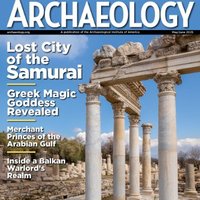
Dan Davis
@dandaviswrites
Video maker of history and prehistory documentaries. Author of bronze age and medieval fantasy and science fiction novels. Check out my videos:
ID: 215953264
https://www.youtube.com/c/DanDavisAuthorChannel 15-11-2010 11:44:45
17,17K Tweet
18,18K Followers
370 Following
































